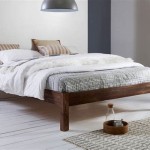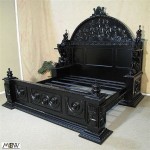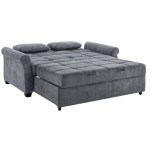Essential Aspects of Mattress Covers to Prevent Bed Bugs
Mattress covers play a crucial role in safeguarding your sleep haven from the pesky invasion of bed bugs. Understanding the essential aspects of these protectors empowers you to make informed choices and create an impenetrable barrier against these unwelcome guests. This article delves into the key factors to consider when selecting a mattress cover for optimal bed bug prevention.
Material and Construction
The material and construction of a mattress cover determine its effectiveness in blocking bed bugs. Look for covers made of tightly woven fabrics, such as polyester or cotton, with a high thread count. Avoid covers with holes or tears, as these could provide entry points for bugs. Consider covers with zippered closures that completely encase the mattress, ensuring no gaps or access points.
Treatment and Repellency
Some mattress covers are treated with insecticides or other chemicals that repel or kill bed bugs. These treatments can provide an additional layer of protection, but it's important to choose covers with treatments that are safe for human use. Natural repellents, such as lavender or peppermint oil, can also be effective in deterring bed bugs. Look for covers with these treatments incorporated into the fabric.
Breathability and Comfort
While protection is paramount, comfort should not be compromised. Choose mattress covers made of breathable materials that allow air to circulate, preventing excessive heat and moisture accumulation. This promotes a comfortable sleeping environment while maintaining bed bug protection. Opt for covers with soft, hypoallergenic fabrics that don't irritate your skin.
Size and Fit
A mattress cover that fits properly is essential for effective bed bug prevention. Measure your mattress accurately before purchasing a cover to ensure a snug fit. Loose or ill-fitting covers can create gaps that allow bed bugs to enter. Choose covers with elastic bands or adjustable straps to secure the cover tightly around the mattress.
Care and Maintenance
Regular care and maintenance of your mattress cover are crucial to maintain its effectiveness. Wash the cover frequently in hot water, at least once a month, to kill any bed bugs or eggs that may have accumulated. Tumble dry the cover on high heat to further eliminate bugs and ensure thorough drying. Avoid ironing covers with treatments, as heat can deactivate the chemicals.
Conclusion
Protecting your mattress from bed bugs is essential for a peaceful and restful sleep. By considering the essential aspects of mattress covers, including material, treatment, breathability, fit, and care, you can choose the most effective cover for your needs. Remember to inspect your mattress and cover regularly for signs of bed bugs, and take prompt action to eliminate any infestations.

The Best Mattress Covers For Bed Bug Protection

Can You Still Get Bed Bugs With A Mattress Cover

Do Mattress Protectors Prevent Bed Bugs Yes No Here S Why Ecoy

9 Of The Best Bedbug Mattress Covers

Waterproof Bed Bug Dust Mite Cotton Mattress Protector Bluestone Target

Bed Bug Mattress Encasement Zippered

International Sizes Mattress Encasement Cover Waterproof Bed Bug

Bed Bug Mattress Covers Proven To Stop Bugs

Can You Still Get Bed Bugs With A Mattress Cover

Bed Bug Mattress Covers 33cm Depth Experts Pestrol
Related Posts







